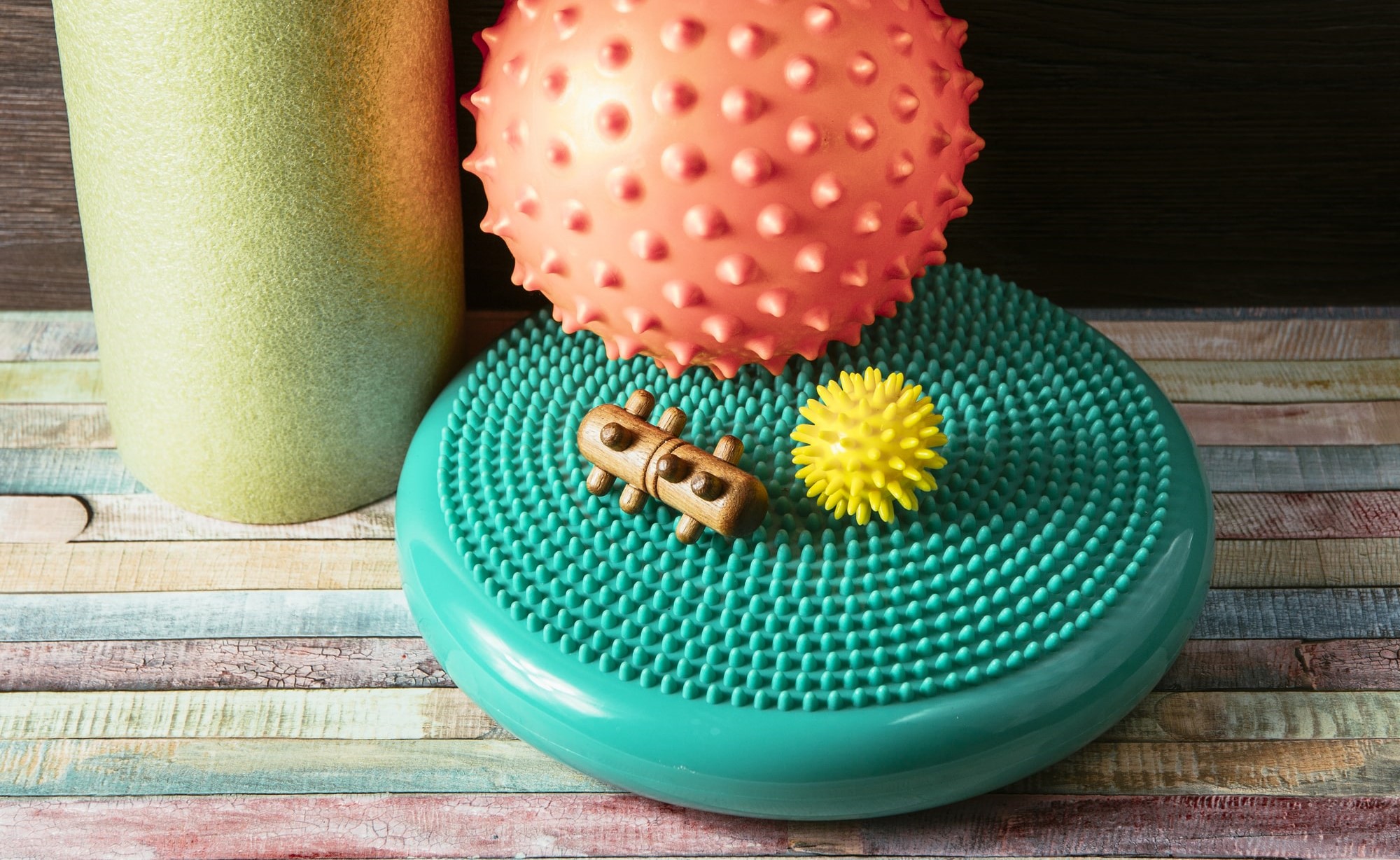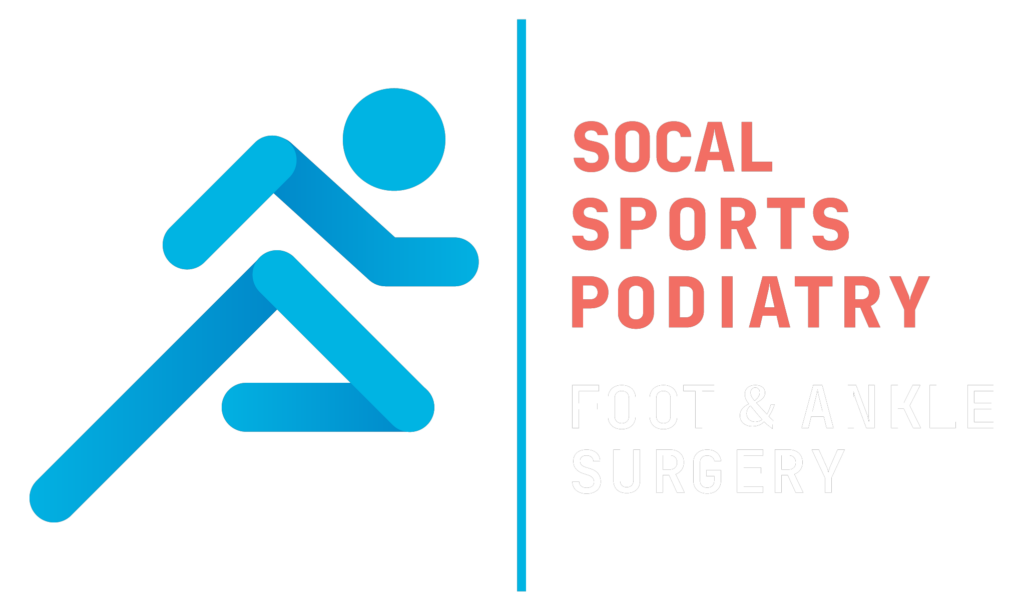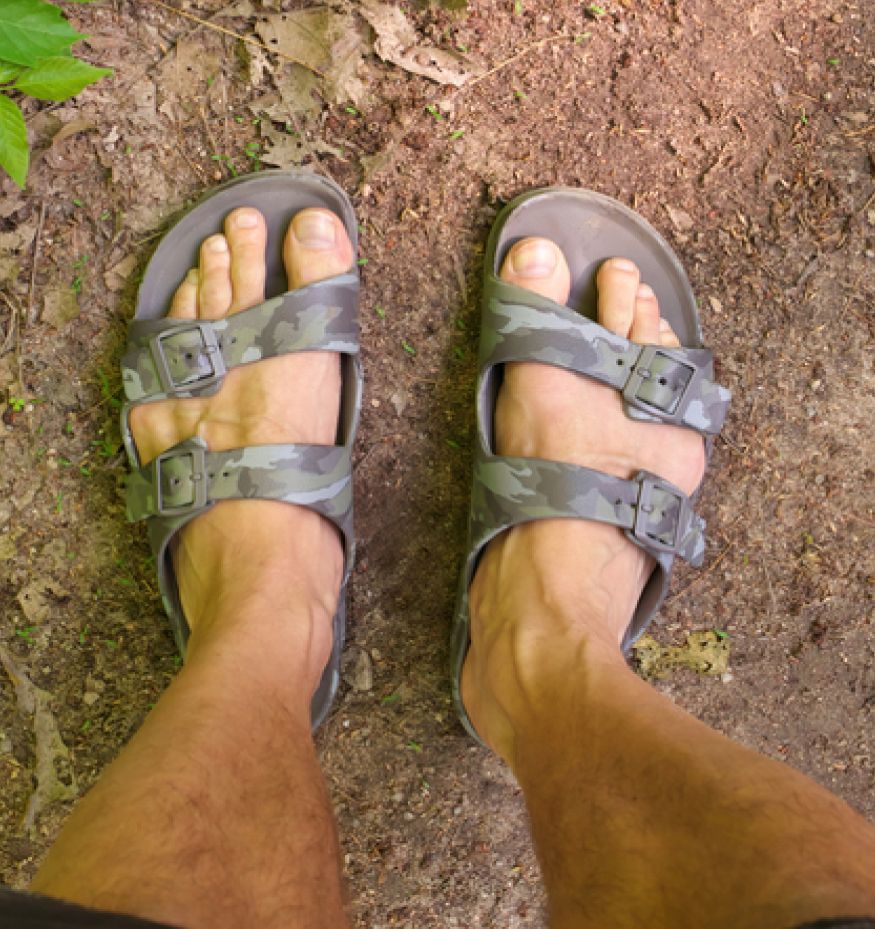
Tarsal Tunnel Syndrome
Tarsal Tunnel Syndrome is a condition characterized by compression of the posterior tibial nerve as it passes through the tarsal tunnel, a narrow space on the inside of the ankle. This nerve compression can lead to significant discomfort and affect your ability to walk or engage in daily activities. Understanding tarsal tunnel syndrome, its causes, symptoms, and treatment options is crucial for effective management and relief.
Tarsal Tunnel Syndrome Treatment in Santa Monica, CA
Tarsal Tunnel Syndrome occurs when the posterior tibial nerve is compressed as it travels through the tarsal tunnel, leading to pain, numbness, and tingling in the foot and ankle. At SoCal Sports Podiatry, our doctors diagnose this condition and offer various treatment options, including rest, proper footwear, and physical therapy, to relieve symptoms and promote healing. If you are experiencing discomfort, we can help you find the right approach for relief.
What is Tarsal Tunnel Syndrome? Tarsal Tunnel Syndrome occurs when the posterior tibial nerve, which provides sensation to the bottom of the foot, becomes compressed or irritated as it travels through the tarsal tunnel, located near the inner side of the ankle. This compression can lead to pain, numbness, tingling, and weakness in the foot and ankle.
Causes of Tarsal Tunnel Syndrome
Trauma
Direct injury to the ankle or foot, such as from an accident or sports injury, can cause swelling or structural changes that compress the posterior tibial nerve.
Repetitive Stress
Activities that involve repetitive stress or overuse of the foot and ankle, such as running or jumping, can contribute to the development of tarsal tunnel syndrome.
Foot Abnormalities
Structural abnormalities, such as flat feet or a high arch, can alter the alignment of the tarsal tunnel and increase pressure on the nerve.
Inflammatory Conditions
Conditions such as rheumatoid arthritis or diabetes can cause inflammation and swelling in the tarsal tunnel, leading to nerve compression.
Space-Occupying Lesions
Tumors, cysts, or other space-occupying lesions within the tarsal tunnel can compress the posterior tibial nerve.
Symptoms of Tarsal Tunnel Syndrome
Tarsal tunnel syndrome primarily presents as a dull or burning pain in the inner ankle or the bottom of the foot, which can intensify with prolonged standing or walking. Patients frequently report numbness, tingling, or a “pins and needles” sensation, especially in areas supplied by the posterior tibial nerve. Additionally, some individuals may experience weakness in the foot, making it difficult to perform movements such as lifting the toes or controlling foot motion. Symptoms often worsen at night or when the foot is positioned in certain ways, which can disrupt sleep.
Diagnosis and Treatment at SoCal Sports Podiatry
At SoCal Sports Podiatry, our specialists diagnose tarsal tunnel syndrome through a comprehensive evaluation, including a detailed medical history, physical examination, and diagnostic tests such as nerve conduction studies or MRI. These tests help confirm the presence of nerve compression and identify any underlying causes.
Treatment Options
- Rest and Activity Modification: Reducing activities that exacerbate symptoms and allowing time for the affected area to rest can help alleviate discomfort and promote healing.
- Footwear Adjustments: Wearing supportive shoes with proper arch support and cushioning can help reduce pressure on the tarsal tunnel and relieve symptoms. Custom orthotic inserts may also be recommended.
- Ice Therapy: Applying ice to the inner ankle can help reduce swelling and relieve pain. It is typically recommended to use ice for 15-20 minutes several times a day.
- Anti-Inflammatory Medications: Over-the-counter or prescription nonsteroidal anti-inflammatory drugs (NSAIDs) can help manage pain and reduce inflammation.
- Physical Therapy: Targeted physical therapy can include exercises to strengthen the foot and ankle muscles, improve flexibility, and alleviate pressure on the tarsal tunnel.
- Corticosteroid Injections: In cases of severe inflammation, corticosteroid injections may be administered to provide temporary relief from pain and swelling.
- Surgical Treatment: If conservative treatments are ineffective and symptoms persist, surgical options may be considered. Surgical procedures can involve decompression of the tarsal tunnel to relieve pressure on the posterior tibial nerve.
Prevention of Tarsal Tunnel Syndrome
Preventing tarsal tunnel syndrome involves several important practices. Wearing supportive footwear with proper arch support and cushioning can significantly reduce stress on the tarsal tunnel, while avoiding shoes that do not fit well or provide inadequate support. Addressing any structural issues, such as flat feet or high arches, may involve using custom orthotics or other corrective measures to improve foot alignment. Additionally, managing underlying conditions like diabetes or arthritis is essential to reduce inflammation and prevent the syndrome. Finally, gradually increasing the intensity and duration of physical activities can help avoid overuse injuries and lower the risk of developing tarsal tunnel syndrome.
For effective diagnosis and treatment of tarsal tunnel syndrome, visit SoCal Sports Podiatry at our office. Our team of experts is dedicated to providing personalized care to help you find relief from foot and ankle pain and improve your overall quality of life. Call us at (310) 395-5025 to schedule an appointment and take the first step toward managing your symptoms effectively.

Contact Us
Services
Testimonials
Had a great experience overall! Dr. Sheth did an amazing job with my foot and has a great sense of humor as well! Highly recommend them.
Dr. Patel was very personable and kind to my 87 year old uncle. He took time to explain what was happening with his healing process and asked if we needed anything else. I appreciate his demeanor and expertise.
This is the most promise I've seen after four other surgeries. Both Dr. Patel and Sheth are great. They are fast - turned it around in less than a week and their surgery coordinator, Matty is amazing. This foot has been an unbelievable burden and I genuinely feel excited by how this seems like it's turning out...excellent service, smart and friendly doctors.
Scheduling an appointment and filling out the online patient form was very easy. Jordan the medical assistant who also did the scheduling was very cordial and helpful. Dr. Sheth was professional and friendly and never once pushed for unnecessary procedure.
SoCal Sports Podiatry
2001 Santa Monica Blvd. Suite 465-W
Santa Monica, CA 90404
(310) 395-5025



